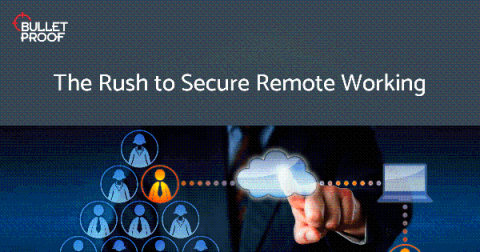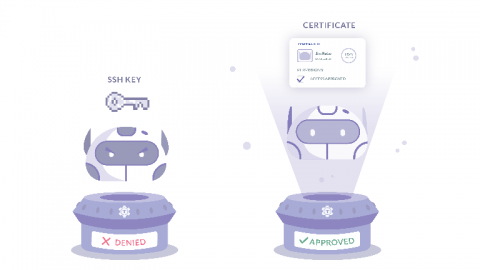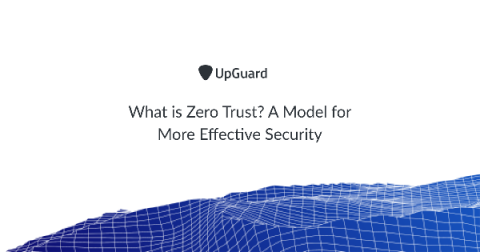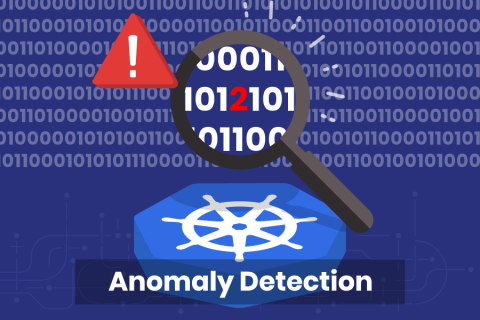The Rush to Secure Remote Working
Many organisations are acting to prevent the spread of Coronavirus by allowing their employees to work from home. In order to be able to do so comfortably, and without introducing a component of risk, businesses should follow certain best practices that can guarantee their digital assets are just as secure with a remote workforce as they would be in-house. Unfortunately, cybercriminals have already started to take advantage of this pandemic.











